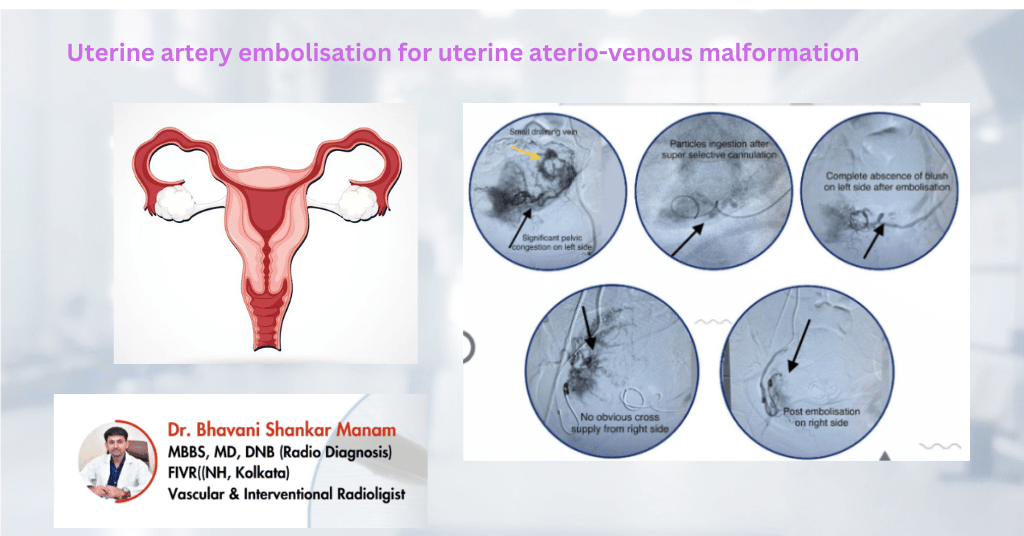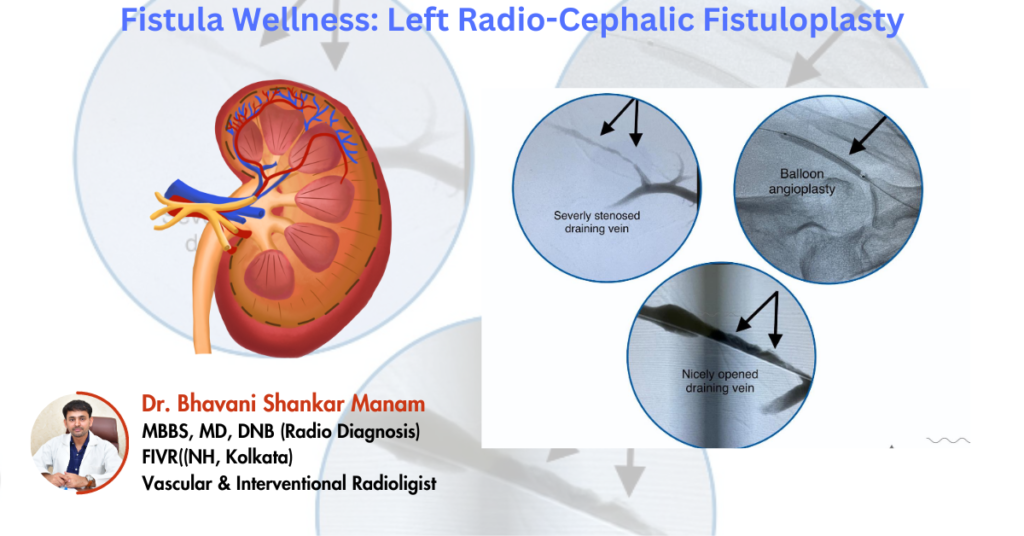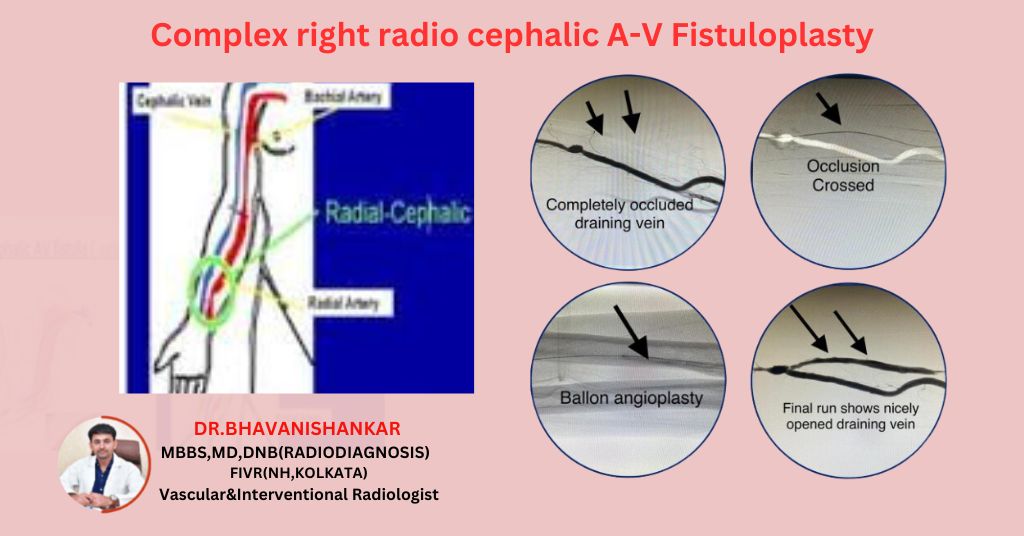Carotid Stenting: A Game-Changer for Stroke Prevention and Long-Term Health
Carotid Stenting offers a groundbreaking approach to preventing strokes. When plaque builds up in the carotid arteries, it narrows the passageway for blood to reach the brain, increasing the risk of stroke. This minimally invasive procedure helps restore blood flow to the brain, reducing stroke risk and improving long-term health outcomes. Let’s dive into how the procedure works, its benefits, and why it’s considered a safer option for stroke prevention.
Understanding Carotid Artery Disease
Carotid artery disease occurs when plaque builds up in the arteries that supply blood to the brain. Over time, this plaque narrows the arteries, restricting blood flow and increasing the risk of stroke. The condition also raises the potential for blood clots, which can travel to the brain and block blood flow, leading to a stroke.
Carotid Stenting is a procedure designed to address these issues. By reopening the narrowed artery and preventing blood clots, it can significantly reduce the chances of a stroke.
What to Expect During Carotid Stenting
Carotid Stenting is a minimally invasive procedure that involves the placement of a small mesh tube (stent) inside the narrowed carotid artery. Here’s an overview of the steps:
- Insertion of the Catheter
A catheter is inserted into a blood vessel, usually from the groin. The doctor carefully guides it to the carotid artery. - Balloon Angioplasty
At the site of the blockage, a balloon is inflated to widen the artery and improve blood flow. - Placement of the Stent
Once the artery is widened, the stent is deployed to keep the artery open. The balloon is then removed, leaving the stent in place.
This procedure restores blood flow and reduces the risk of stroke.
Key Benefits of Carotid Stenting
offers multiple advantages over traditional surgery, making it a preferred option for many patients:
- Less Invasive: The procedure involves smaller incisions, which means less pain and a quicker recovery.
- Faster Recovery: Compared to traditional surgery, many patients experience a faster recovery time and can return to daily activities sooner.
- Reduced Risk of Stroke: The procedure improves blood flow, significantly lowering the chances of stroke caused by blood clots.
- Safer for High-Risk Patients: Carotid Stenting is a safer option for patients with other medical conditions, as it typically has fewer complications than traditional surgery.
- Long-Term Benefits: The stent keeps the artery open, ensuring long-term protection from future strokes.
After the Procedure: Care and Monitoring
Post-procedure care is crucial for ensuring the long-term success of carotid stenting. Regular follow-ups with imaging studies like ultrasound will help monitor the stent’s position and functionality. This monitoring helps detect any issues early, such as the formation of new blood clots, to ensure the artery remains open and blood flow continues.
Conclusion: Why Carotid Stenting is a Safer Option for Stroke Prevention
Carotid Stenting is a groundbreaking procedure that offers a safer, more effective way to reduce stroke risk in individuals with carotid artery disease. By restoring blood flow to the brain, it provides immediate and long-term stroke prevention benefits. Compared to traditional surgery, carotid stenting involves fewer risks, faster recovery, and better overall outcomes for patients.
For those at risk of stroke, carotid stenting offers a minimally invasive and highly effective option to manage health and reduce the risk of debilitating strokes.



